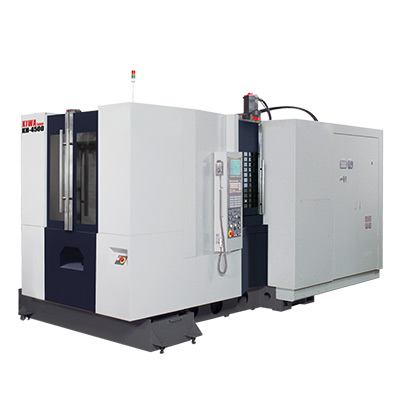Flexible Coupling Solutions for Rotating Pipe Systems and Applications
Understanding Rotating Pipe Couplings A Key Component in Fluid Transfer
Rotating pipe couplings are essential components in various industrial applications, particularly in the fields of fluid transfer, mechanical systems, and energy production. These couplings facilitate the connection of pipes that transport fluids while allowing for rotational movement, making them invaluable in systems requiring flexibility and dynamic movement.
What Are Rotating Pipe Couplings?
Rotating pipe couplings are specialized connectors designed to connect two segments of piping or tubes. Unlike standard couplings, which are static, rotating couplings permit relative motion between the connected pipes. This feature is crucial in applications where pipes need to rotate, such as in drilling systems, oil rigs, and certain manufacturing processes. They are engineered to handle the stresses and strains associated with rotational movement while maintaining a secure seal to prevent leaks.
Applications of Rotating Pipe Couplings
One of the primary applications of rotating pipe couplings is in the oil and gas industry. Here, they are utilized in drilling operations where pipes must rotate to bore through rock while simultaneously transporting drilling fluids. Such couplings help in managing the stresses that rotational forces exert on the pipes, reducing wear and tear and prolonging the life of the equipment.
Another application is in the food and beverage industry, where rotating couplings are used in systems that require the continuous movement of liquids without compromising hygiene. These couplings ensure that the flow remains uninterrupted while allowing machinery to operate efficiently.
rotating pipe coupling

Moreover, rotating couplings find applications in hydraulic systems, where fluid transfer is coupled with motion. They are crucial in heavy machinery, where they connect hydraulic lines that often experience high-pressure environments while allowing for the movement of parts.
Design Considerations
When designing rotating pipe couplings, engineers must consider several factors. The materials used must be compatible with the fluids being transferred, whether they are corrosive, high-temperature, or high-pressure liquids. Common materials include stainless steel, brass, and high-performance polymers, all of which provide durability and resistance to environmental factors.
Another critical consideration is the coupling’s size and configuration. Engineers must ensure that the coupling not only fits the pipe dimensions snugly but also accommodates the expected range of motion and stress levels. Precision manufacturing techniques, such as CNC machining, are often employed to achieve the necessary tolerances.
Challenges and Innovations
Despite their many advantages, rotating pipe couplings do face challenges, particularly regarding wear and maintenance. Continuous rotation can lead to friction and eventual failure if not adequately lubricated or designed. Innovations in materials science and engineering, such as self-lubricating bearings and advanced seal technologies, are helping to address these issues.
In conclusion, rotating pipe couplings are vital components that serve a range of industries by facilitating fluid transfer while allowing for rotational movement. Their applications are diverse, and understanding their design, function, and challenges is essential for engineers and industry professionals. As technology continues to advance, the future of rotating pipe couplings looks promising, with ongoing innovations poised to enhance their performance and durability even further.
-
Reliable Brake Line Solutions for Your VehicleNewsJun.05,2025
-
Quick Fix for Leaky Air Conditioning HosesNewsJun.05,2025
-
Powerful Sewer Jetting Solutions for Tough ClogsNewsJun.05,2025
-
Power Steering Hose Problems SolvedNewsJun.05,2025
-
Hose Protectors That Actually WorkNewsJun.05,2025
-
Essential Hose Connectors for Every HomeNewsJun.05,2025

